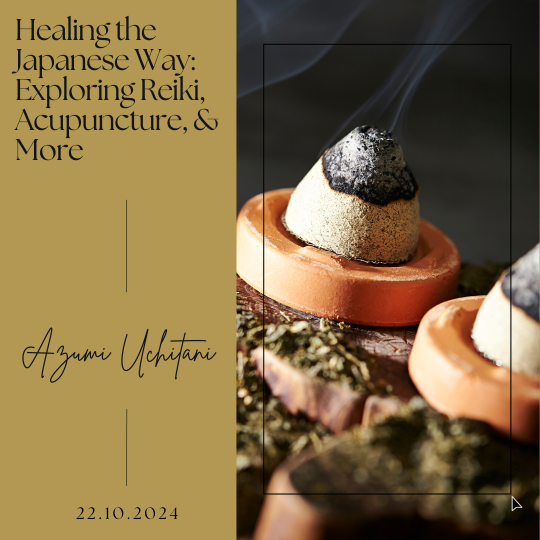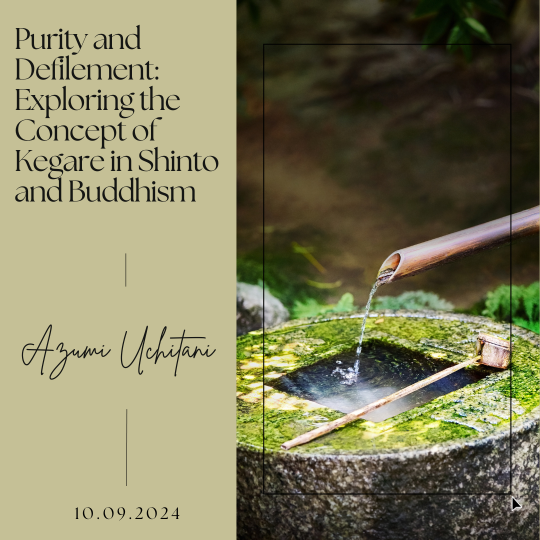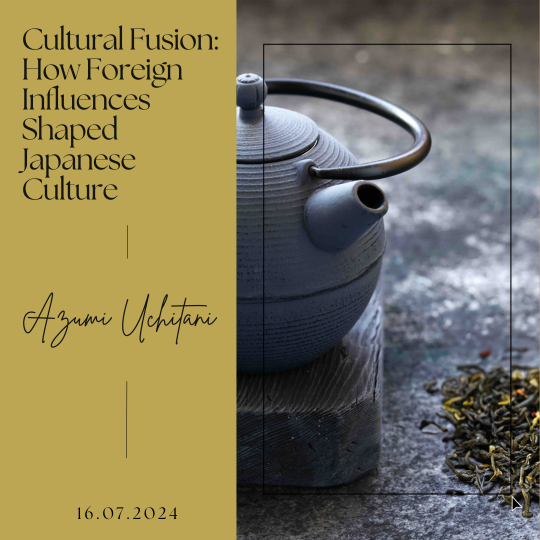The Practices and Principles of Shintoism
Sometimes, we must look into the past to solve the problems of today. The solutions for environmental problems, for instance, can be found in some traditions from the past. Shinto is an ancient Japanese philosophy and practice that teaches people how to appreciate and live in harmony with nature. Shinto emphasizes worshiping and thankfulness to the land, and natural elements, simultaneously reminding us that we are a part of nature and that we can elevate our spirit only if we reconnect to our surroundings.
Videos you may enjoy as well:
What is Shinto?
Shinto is the oldest religion practiced by the indigenous people of Japan, which can be traced back to the 3rd century B.C.E. Shinto has no religious text or a founder, it represents a set of principles that can be practiced side by side with any other religion. In the 6th century with the arrival of Buddhism from China, Shinto began to incorporate some Buddhist practices. In more recent years, people consider Shinto more as a tradition than a religion, partly because Japanese society is very non-religious.
Unlike many other religions, in Shinto, there is no right and wrong, per se. People are considered good and evil is caused by evil spirits. In order to keep themselves away from the evil spirits, believers must perform rituals of purification, prayers, and offerings. Purification is seen as a way to get rid of the impurities of the inner mind.
Loosely translated as the way of the Gods, Shinto is based on the belief in kami, spirits that reside in trees, animals, water, mountains, and the spirits of the dead. In other words, when a person dies, they become kami, and the kami of important people is held in Shinto shrines.
Shinto is an animalistic religion since animals are considered to carry the spirits of the dead, which act as guardians of their successors. Apart from protecting their families, some spirits are also the guardians of the land, with various skills and occupations. If life is lived in accordance with the Shinto principles, the followers will get protection and approval from spirits. Shinto also favors truthfulness, which can be seen in everything that people do, whether it’s their career or relationships when they do it the best they can and with a true heart.

The Four Affirmations
The main belief of Shinto is the belief that kami created human life, which is why it is considered sacred. Shinto practitioners worship kami that is believed to control natural forces and can be influenced by prayers. They believe that by purification, we can achieve divine nature. We can purify ourselves by practicing the 4 affirmations:
The first affirmation is focused on the family. According to this affirmation, family values and traditions should be upheld, since the family is the most important institution for preserving traditional values.
The second affirmation is connected to nature and implies that we should honour nature as the place inhabited by kami. We should spend more time in nature where people can communicate with kami.
The third affirmation relates to physical cleanness. Shintoism focuses on purity and ritual cleanliness, which is vividly demonstrated through practices like ritual washing at shrines. These rituals reflect the Shinto belief that maintaining purity is essential for harmonious living and spiritual well-being. Those who follow Shintoism ritually wash their faces, brush their teeth, and take regular baths as a part of the practice.
Finally, the fourth affirmation is the practice called matsuri. Matsuri is dedicated to honoring the spirits of your ancestors, a festival where spirits and humans meet to enjoy each other’s company. Purification during the festivals is accompanied by prayers, music, dance, offerings, and a meal with sake.
Shinto Temples
Apart from festivals, practicing Shinto doesn’t have a specific dynamic. Believers can practice Shinto any day of the week, in public or private Shinto temples. Also, they can have a specific kami shelf, called kami-dana where offerings to spirits are placed. Anyone can enter the public Shinto temple as long as they perform a purification ritual at the gates. You will recognize Shinto shrines from afar, by a distinctive gate composed of two crossbars and two pillars.
This conspicuous gateway to the shrine represents the barrier that separates the world of spirits from our daily world. More often than not an animal is placed at the sides of each gate, to protect it. It is estimated that there are over 100,000 Shinto temples in Japan.
Shinto practitioners will tell you that there are eight million kami, which is not a specific number but rather a synonym for infinity. Spirits Izanami and Izanagi represent the first men and first women, and all other spirits and gods are believed to be their offspring. The sun goddess Amaterasu, is considered the most important kami. God of agriculture and rice, Hachiman, god of war Inari, and Tenjin, the spirit of education and literature, are also popular.

What can Shinto Teach us About the Environment?
Today, when the world is facing a global environmental challenge, learning the principles of Shinto can help mitigate the upcoming climate emergency. If you want to know more about how ancient Japanese philosophy can help you deal with environmental issues, make sure to join our online talk Nurturing Nature: Shinto Principles and Environment. Our expert speaker Azumi Uchitani will show you how the ethical principles of Shinto rooted in respect to nature, the cleansing of intentions and thoughts can help us protect the planet.





Leave a Reply